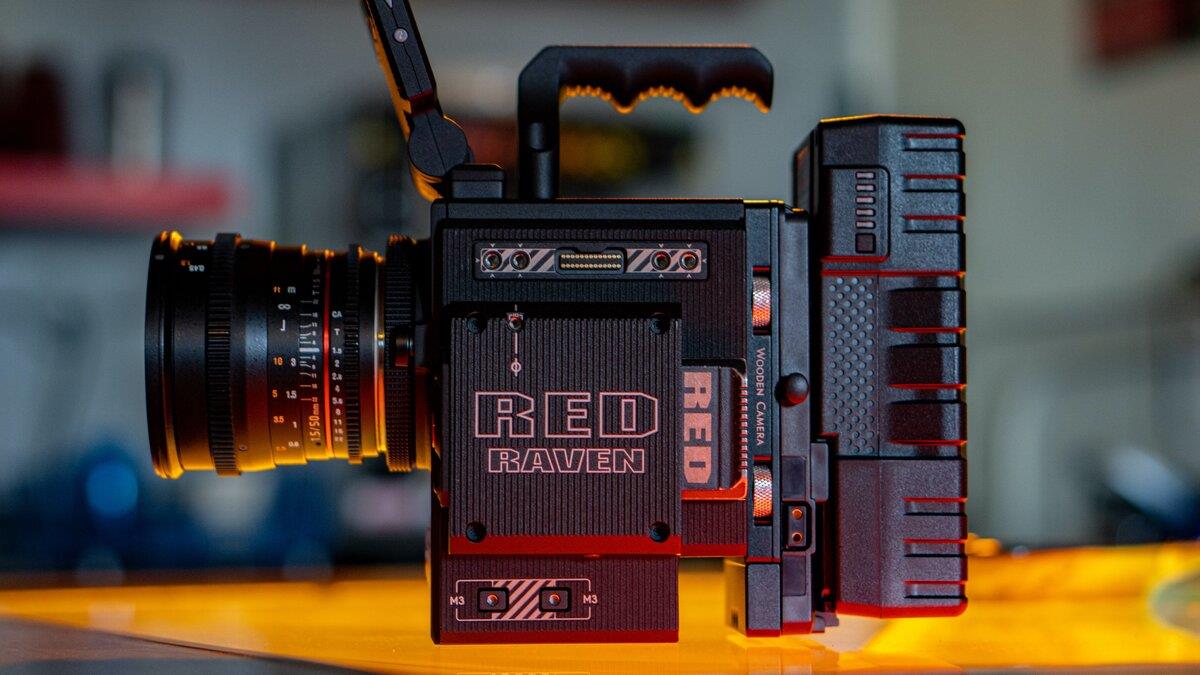Diploma in Motion Picture Production: What is it?
Thursday, 19 November 2020
Cinema is one of the art forms that most resonates in people’s minds: unforgettable stories and dialogues, iconic characters, and deep reading of the context. This field has a lot to give and offer.

We all have a couple of favourite movies: from blockbusters like many famous franchises that are still being made to this day, to more underground or not-average films. Whether it’s because the stories they narrate move us emotionally or that we like the visuals and the overall style, there is always a movie that stays with us in time.
There are people who are interested in films on a technical level: the direction, the photography, the costume design, and many other areas that are put together to make a movie. But there are others who go one step further and are interested in movie making as a whole.
This last group is interested in film production and lucky them, they can pursue a diploma, a bachelor’s degree, and many other academic certificates in the field.
But what is film production? Well, it is said that it involves five stages:
Stage one: Development
Planning, organising, creating, writing, making auditions, deciding locations, setting the budget, and writing scripts are some of the processes involved in this phase. At this moment, there is no certainty the film will actually be made, but everything is planned out in case every requirement is fulfilled.
Stage two: Pre-production
No, it’s still not time to film. At this point, the locations are either confirmed or discarded, the budget is finally defined and changes that need to be made are written down. This phase’s length is very unpredictable: if everything lines up with our expectations (when has that ever happened?) it should come and go quickly as lightning, if not then it will be slower, but it always has an end.
Stage three: Production
Finally! Everything is set and the cameras can start recording. This phase’s length depends on the locations, the film’s length, and the actors and actresses being where they need to be (we all know how difficult actors and actresses are most of the time). But it’s not a promised land full of rainbows and tiny koalas hugging each other, it’s quite double-edged. Bad production can ruin a movie, and if the budget was high then you should be ready to face some money loss (that’s why you should have a diploma, so you can show you know what you are doing to those who are sceptical).
Stage four: Post-production
It’s time to compose the music, edit the footage, add the visual effects, and all those kinds of stuff. Imagine if you saw a movie that lacked one of those elements (well, you don’t actually have to imagine it, we all know that failed trailer for that huge failed project), what a mess would that be.
Stage Five: Distribution
The movie is finally done, but now it needs to be watched by the audience. There are many ways this can happen: on cinemas, on tv, or even on streaming services. You will choose what suits you best according to your expectations and art desires.
Well, that’s roughly it, a very summarized explanation of movie production. Now, if you think you are up for the challenges it implies, then you should consider pursuing a diploma in motion picture production.
This diploma is offered at the Tshwane University of Technology and it has a minimum length of three years.
If you are interested in pursuing this diploma, click here for more information.
Related Articles
Get Instant Information about the University















